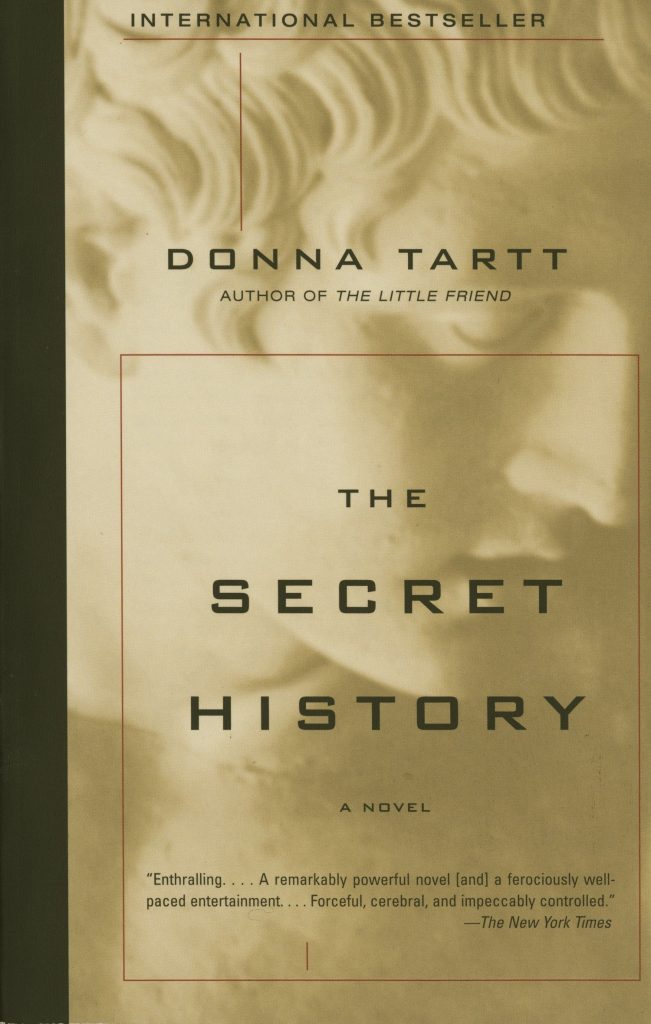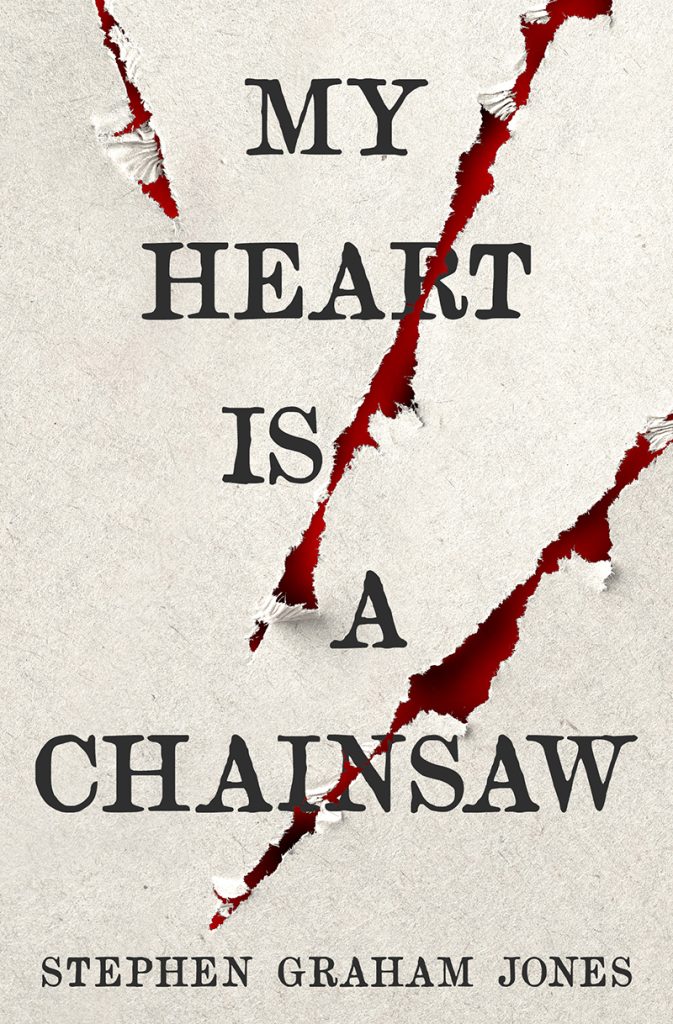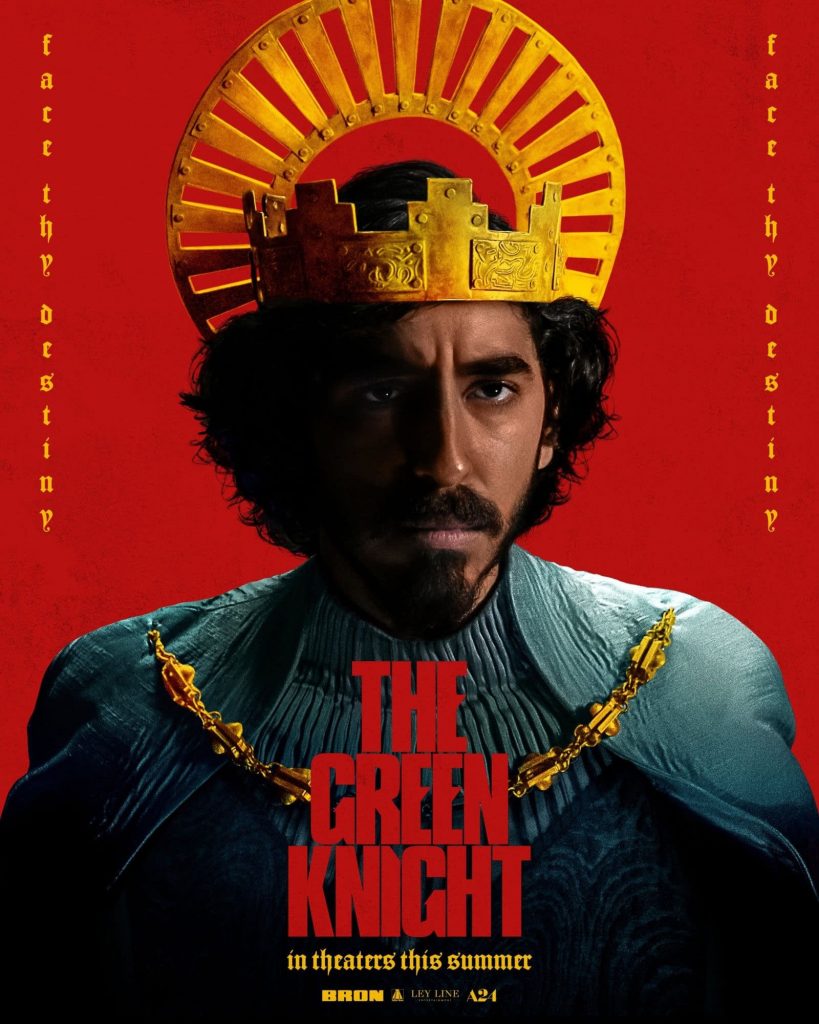In May of 2019, journalist Lili Anolik published a doozy of an article in Esquire chronicling “The Secret Oral History of Bennington: The 1980’s Most Decadent College”. This past September, Anolik turned that juicy piece into a season-long podcast called Once Upon a Time…at Bennington College, utilizing her previous research to explore themes of talent, fame, privilege, and excess more deeply. The piece and the podcast concern Gen-X literary stars like Bret Easton Ellis, Donna Tartt, and Jonathan Lethem, the Bennington class of 1986 who would go on to shape the face of literature in the 1980s and 90s. To recap: Ellis scandalized with Less Than Zero and American Psycho, two works so vulgar and soulless (on purpose) that they sent older generations into a tizzy with concern for “the youth”. Tartt’s debut novel The Secret History was immediately dubbed a classic shortly after its release (and is a current TikTok sensation). Lethem gained fame with his National Book Award winning Motherless Brooklyn, which captivated Hollywood actor Edward Norton so thoroughly that he held the film rights for 20 years, finally releasing an adaptation in 2019.
But more than that, the podcast is about the glittery mystique of literary circles that flourished in the pre-social media age. This was a time when culturally resonant authors were treated like celebrities, scoring invites to the MTV Video Music Awards, for some reason. Reminiscing about Ellis’s launch into stardom as an enfant terrible, Bennington alumni recall the author’s glitzy college graduation party, which was attended by Andy Warhol (Jean-Michel Basquiat would make appearances at later parties as well). While all this glamorous success took place in New York, Bennington College, a small liberal arts school in Vermont, is key to these authors’ works, and is memorialized by its most (in)famous students. In Ellis’s The Rules of Attraction, the school is dressed up as “Camden College”, home to a host of despicable, ultra 80s characters. The Bennington of Donna Tartt’s world (this time called Hampden College) is one of old world Romance (capital R), a Brideshead-esque place of philosophy, decaying decadence, and not-so-secret drinking problems (the two might occupy the same universe: Ellis’s work mentions a group of students who “dress like undertakers”; presumably the Classics group in Tartt’s novel).
Continue reading

